Automobile
-
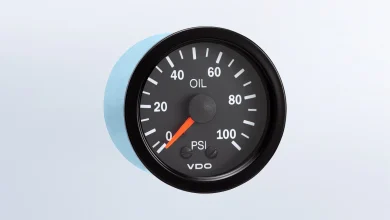
The Importance of a Working Oil Pressure Gauge When I Sell My Car Online in Downey CA
Imagine a buyer taking your car for a test drive, and the oil pressure gauge doesn’t budge. It might not…
Read More » -
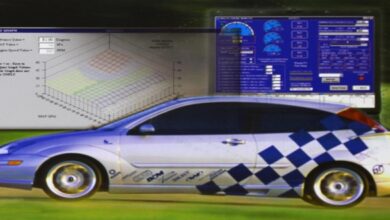
Advanced engine management technology
Speed density and fuel calculations Engine management systems that do not use an airflow sensor rely on the speed–density method…
Read More » -
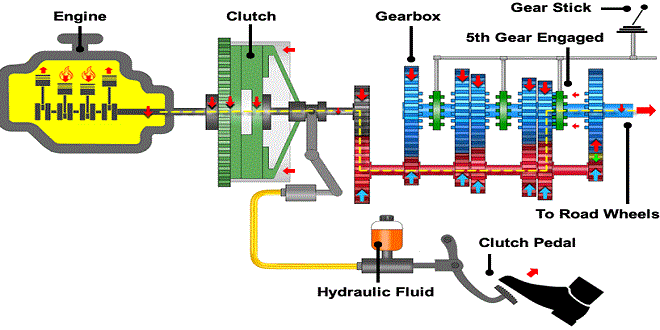
Gear wheel positions when different gears are selected
Neutral All main shaft gear wheels are positioned so that they do not touch the layshaft gears, this enables them…
Read More » -
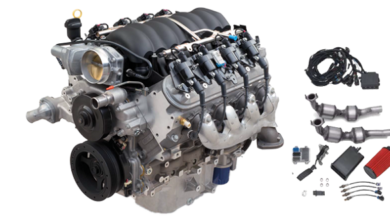
Major objectives of the GDI engine technical features
Superior Output Mode When the GDI engine is operating with higher loads or at higher speeds, fuel injection takes place…
Read More » -
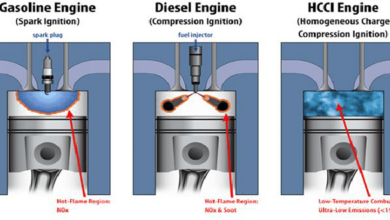
Combustion of ultra-lean mixture
n conventional MPI engines, there were limits to the mixture’s leanness due to large changes in combustion characteristics. However, the…
Read More » -

New developments in engine management
Introduction would need to withstand corrosion and slightly different cold start strategies are needed. Other than this, changes to the…
Read More » -
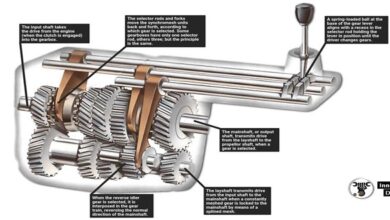
The sliding-mesh gearbox Basis of the modern manual gearbox
The sliding-mesh gearbox was popular on cars up to about 1930, but today it is rarely used. Nevertheless, many modern…
Read More » -
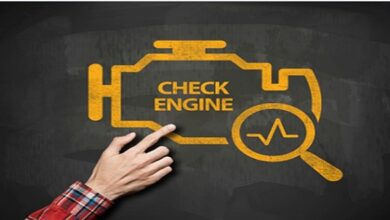
Diagnosing engine management system faults
Introduction As with all systems, the six stages of fault finding should be followed. Verify the fault. Collect further information.…
Read More » -

Motronic Gasoline Direct Injection (GDI)
Introduction Bosch’s high-pressure injection system for gasoline engines is based on a pressure reservoir and a fuel rail, in which…
Read More » -

Revolutionizing Urban Commutes: JINPENG’s Three-Wheel Electric Trike
Urban transportation has always been a concern due to the continuous increase in vehicles and traffic congestion. People have started…
Read More »
